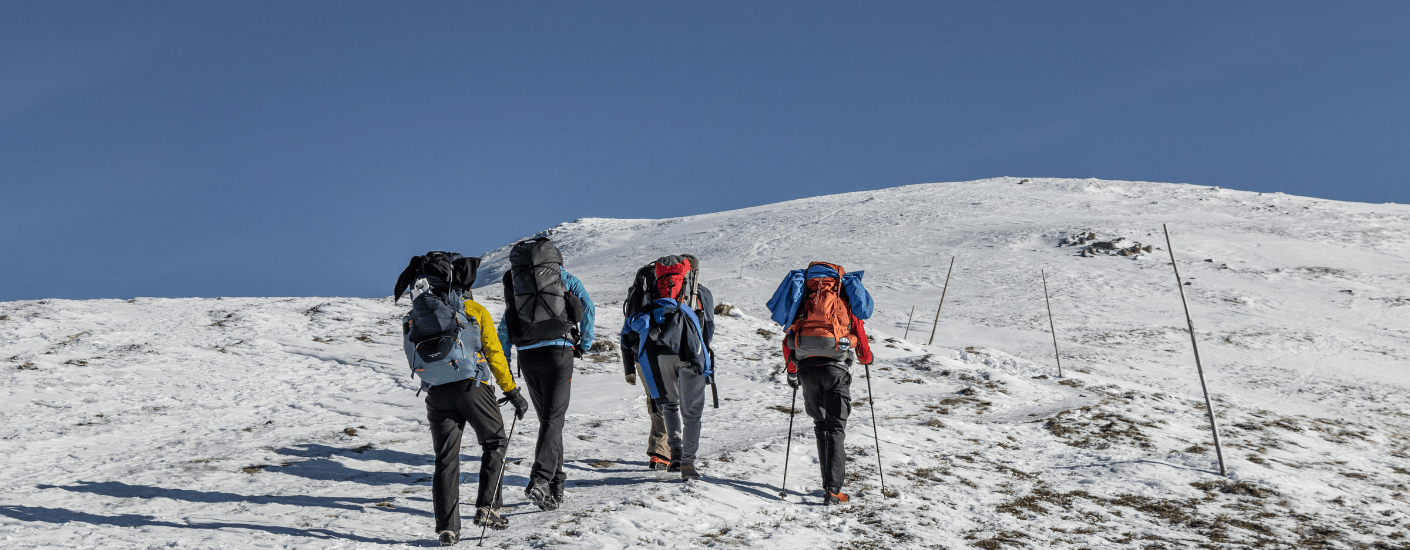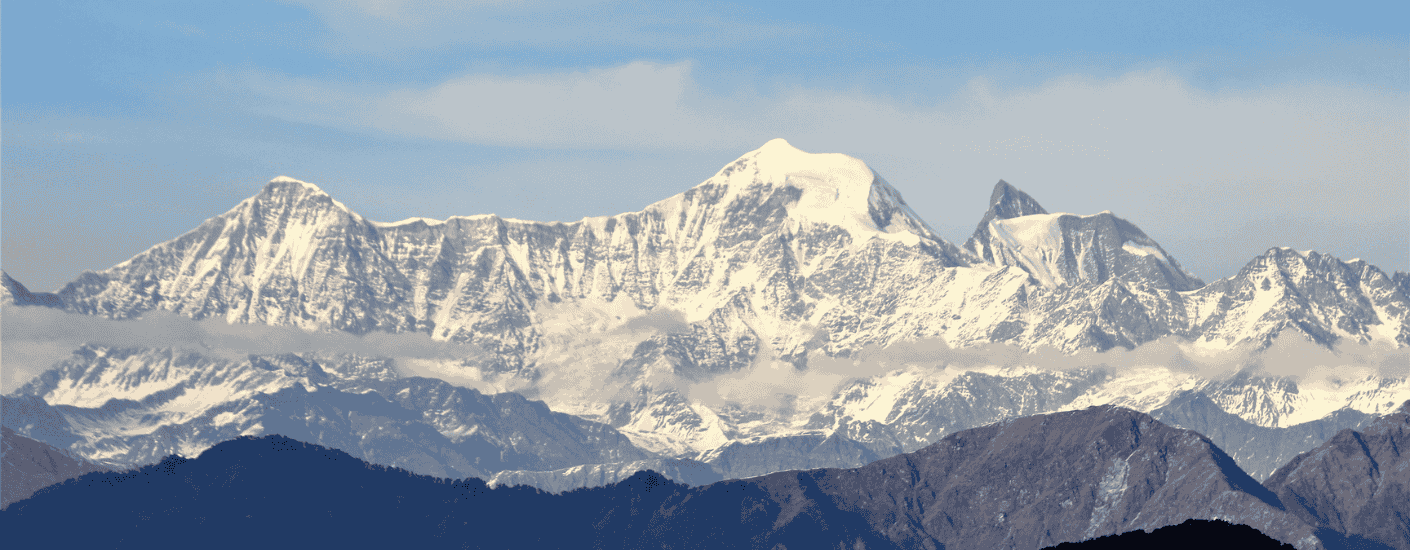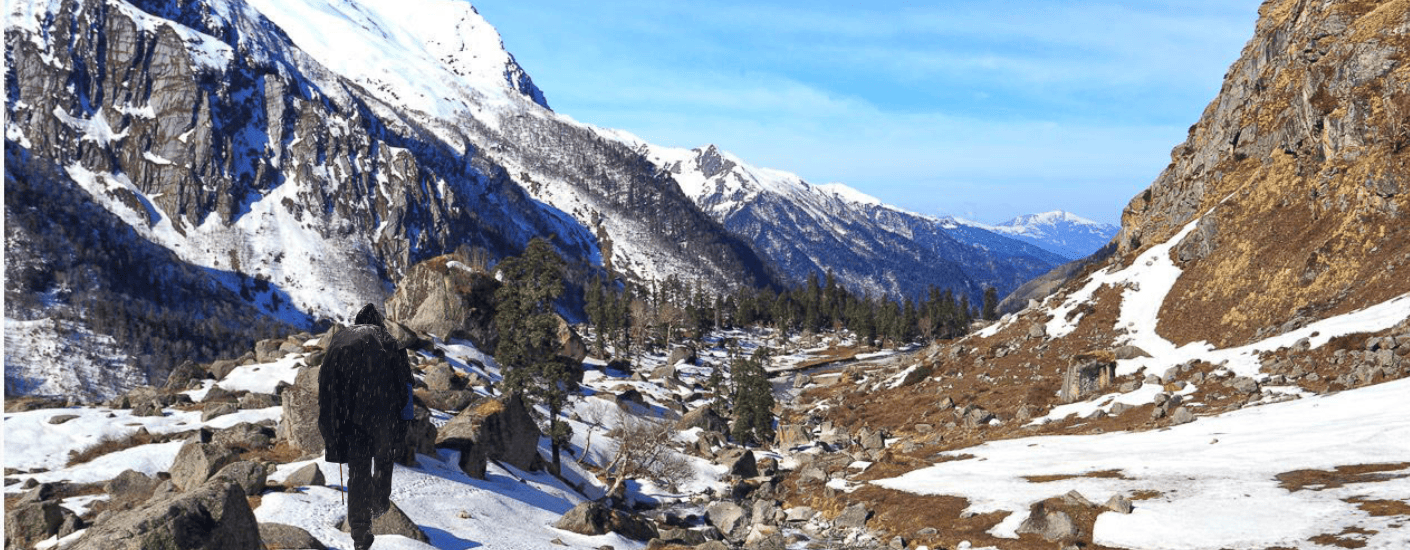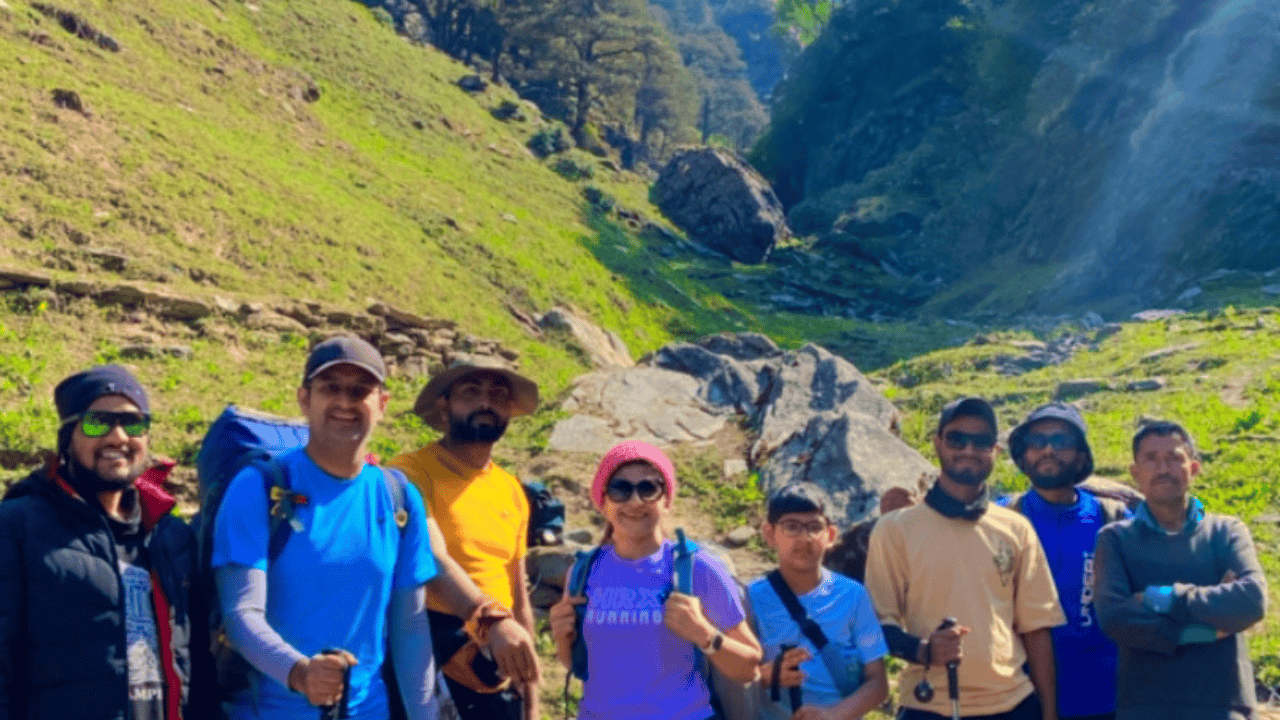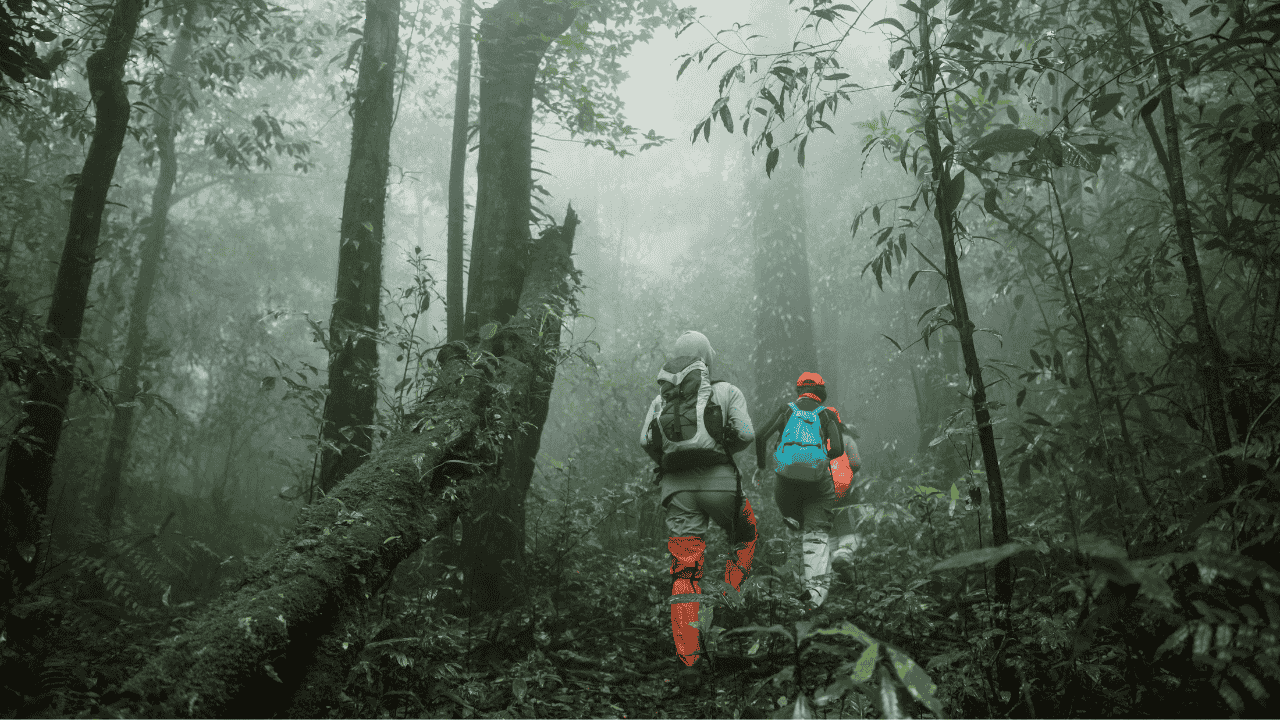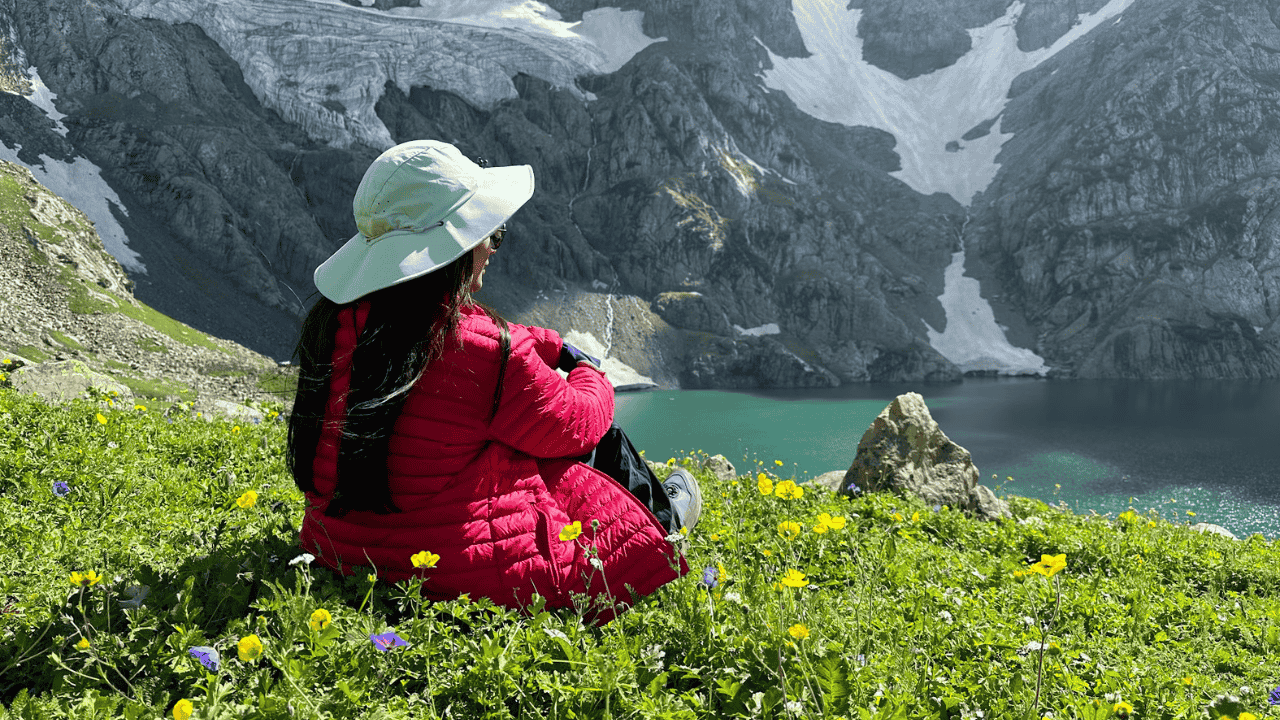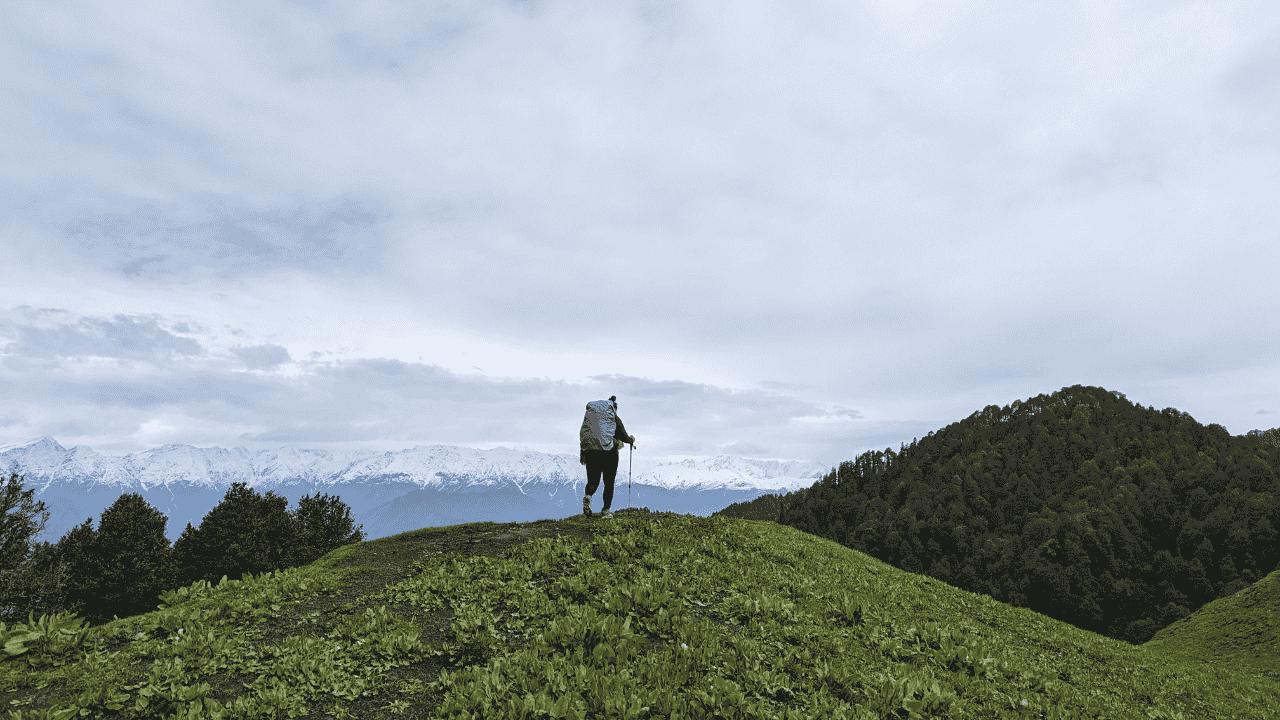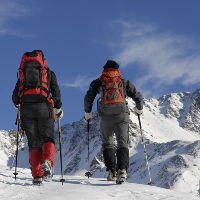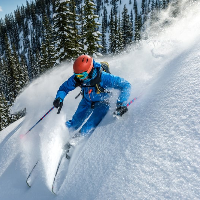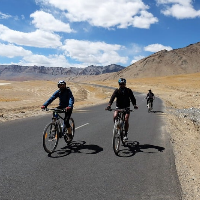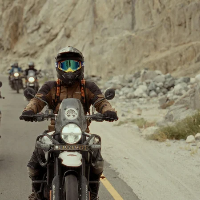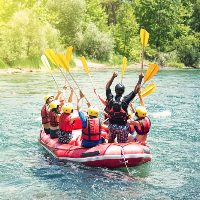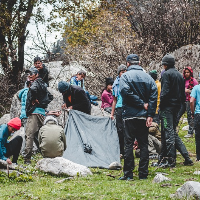Itinerary Description
Kedarkantha hike is in Uttarakhand which is adjacent to Govind Pashu Vihar National Park and ideal for novices. At 3810 metres above sea level, the summit provides breathtaking 360-degree views of some famous Himalayan peaks, including the Yamunotri and Gangotri ranges' Swargarohini, Bandarpoonch, Black Peak, and Ranglana. One of the factors contributing to this trek's popularity is the ascent to the peak. The paths of Kedarkantha contain all the intricacies and difficulties of a summit experience but on a much smaller scale. They begin in the early morning in chilly temperatures, with flashlights lighting the route beneath breaking dawn. This 5-day trip, which covers a distance of over 20 kilometres, is appropriate for beginners. The walk starts at Sankri village, which serves as the beginning point for several hikes around Uttarakhand. Before arriving at the first campground, Juda-ka-Taal, the route from Sankri passes through lush Maple and Oak trees, over a number of wooden bridges, and crosses streams. The following day, the ascent becomes more difficult as we approach the 4 km distant Kedarkantha Base Camp. Along the journey, there are a number of clearings that are accessible from the trail\'s thick oak woodlands. Watch for the diverse wildlife, which includes Rhododendron trees, Chir Pine, Black Eagles, Golden Eagles, and many more. Beautiful 180-degree views of steep snow-capped hills including Bandarpoonch, Swargarohini, and Kalanag may be enjoyed from the Kedarkantha Base Camp. From here, the snow-covered Kedarkantha Peak is also visible, regularly glowing brighter than the moon. The next day's climb to the peak is an exciting one. This is the hardest part of the Kedarkantha journey because of the steep rise, howling winds, and below-freezing temperatures in the winter. The holistic experience it provides to hikers is what makes this trip deserving of the title of adventure sanctuary. This trek's features include camping next to a beautiful high-altitude lake, tall Oak and Pine trees, and majestic snow-covered landscapes.
Short Itinerary
Arrive from Dehradun (430 mts) to Sankri (1950 mts) 197 km (9 to 10 hours)
Sankri (1950 mts) to Juda-ka-Taal (2773 mts) 4 km (5 hours)
Juda-ka-Taal (2773 mts) to Kedarkantha Base Camp (3413 mts) 4 km (3 hours)
Kedarkantha Base Camp (3413 mts) to Kedarkantha summit (3810 m) & back to Hargaon (2700 mts) 9 km (7 to 8 hours)
Hargaon camp (2700 mts) to Sankri (1950 mts) 6 km (3 to 4 hours) and Depart from Sankri (1950 mts) to Dehradun (430 mts) 197 km (9 to 10 hours)
Detailed Itinerary
Day 1
Arrive from Dehradun (430 mts) to Sankri (1950 mts) 197 km (9 to 10 hours)
Your adventure begins with a picturesque drive from Dehradun into the heart of Uttarakhand’s Garhwal Himalayas. The road winds through pine forests, apple orchards, and terraced fields, with the Yamuna and Tons rivers flowing alongside. You’ll pass quaint villages and get your first glimpse of snow-clad peaks in the distance. By evening, arrive at Sankri, a small but vibrant village surrounded by towering deodar trees and the Swargarohini massif. Overnight in a guesthouse/homestay.
Day 2
Sankri (1950 mts) to Juda-ka-Taal (2773 mts) 4 km (5 hours)
The trek begins with a gradual climb into dense forests of pine, maple, and oak. The sound of chirping birds and the crunch of snow underfoot (in winter) makes this stretch magical. As you ascend, the trail opens into a beautiful clearing with views of snow-covered ridges. Soon, you reach Juda Ka Talab, a mystical lake said to have mythological significance. In winter, the lake remains frozen, reflecting pine trees like a mirror. The campsite here offers a serene environment for your first night under the stars.
Day 3
Juda-ka-Taal (2773 mts) to Kedarkantha Base Camp (3413 mts) 4 km (3 hours)
Leaving Juda Ka Talab behind, the trail gradually ascends through dense woods before emerging into vast alpine meadows. The view expands dramatically—snow-dusted peaks like Swargarohini, Kala Nag, and Bandarpoonch rise majestically across the horizon. The base camp is set in a wide open clearing, surrounded by forests on one side and massive snow peaks on the other. As dusk settles, the campsite glows in the golden light, and the clear night sky offers dazzling views of constellations.
Day 4
Kedarkantha Base Camp (3413 mts) to Kedarkantha summit (3810 m) & back to Hargaon (2700 mts) 9 km (7 to 8 hours)
Start before dawn with headlamps lighting the trail. The path ascends steeply, winding through snowfields and pine ridges, before the final climb to the Kedarkantha summit. As the sun rises, the panorama is breathtaking—360° views of the Garhwal & Himachal ranges. Peaks like Swargarohini, Yamunotri, Gangotri, Bandarpoonch, and Black Peak dominate the horizon. The summit, adorned with a small temple and prayer flags, feels like the roof of the world. After soaking in the views, descend back to the base camp for a warm meal and much-deserved rest.
Day 5
Hargaon camp (2700 mts) to Sankri (1950 mts) 6 km (3 to 4 hours) and Depart from Sankri (1950 mts) to Dehradun (430 mts) 197 km (9 to 10 hours)
The descent retraces your steps, but the scenery feels different in daylight. Meadows sparkle with snow in winter or bloom with wildflowers in spring. The forest canopy is alive with Himalayan birds, and the crisp mountain air fills your lungs. Arrive at Sankri by afternoon and enjoy a relaxed evening exploring the village, sharing stories with fellow trekkers, and celebrating the successful summit.
WHAT'S INCLUDED
- ●Food as per menu on the trek (Starting Dinner on day 1 and pack Lunch on Day last)
- ●Forest Permits/Camping Charges, if any (Up to the amount charged for Indian nationals)
- ●Tents, Sleeping bags, mats
- ●Safety Equipment
- ●Trek guide, cook, helpers.
- ●Porters or mules for carrying common luggage
- ●Services of a Trek Leader
WHAT'S NOT INCLUDED
- ●Meals during road journeys
- ●Transportation from Dehradun to Sankri and back to Dehradun.
- ●Carriage of Personal Bags during the trek
- ●Cost of any kind of Insurance. Since insurance is mandatory, kindly get yourself insured from our partners ASC360 through www.asc360.com
- ●Any expense of personal nature
- ●Any expense not specified in the inclusion list.
Are you eligible for this adventure?
Annapurna Base Camp Trek takes you to a height of 4,130M and is rated a moderate level trek for its long trekking distances. For its elevation and distances, it is recommended for trekkers with some prior experience in the high-altitudes.
Grade
Easy
Max Altitude
3810 mts
Distance
23 km

WMRS Level Required

Terrain

Prerequisite Skills

Fitness Benchmark
WMRS Level Required
WMRS 3
Annapurna Base Camp Trek is a level 4 adventure on the Bikat Rating Scale.
This makes it mandatory for you to have high-altitude experience of preferably multiple treks marked at level 3 on the WMRS. The altitude, the terrain, and the nature of the climb demand a certain level of endurance and a need for you to be aware of how your body reacts to the various features of the high-altitude environment.
If you do not know what level of WMRS trek would suit you best, worry not! Fill out this Form:
We will send you a progression chart to help you comfortably get out of your comfort zone in order to level up and ultimately reach your highest potential in the big, bad world of outdoor adventure.
Packing List
This is a list of essential items for individuals going on a trek with Wanderin’ Man Adventures. This list contains only those items which the participants are required to bring with them. The list excludes those items which are provided by Wanderin’ Man Adventures on the trek. We have divided the items into five categories. All the items in the list are essential except for those marked as optional.
🟩 Trekking Gear
- Rucksack bag with rain cover
- Day Pack Bag - Recommended for treks with summit day
- Head Torch with spare Batteries
- UV protection sunglasses
- Water Bottles - 2 bottles of 1 liter each
🟩 Footwear
- Non-skid, deep tread, high-ankle trekking shoes - 1
- Pair of light weight Slipper/Sandals for the campsite - 1
🟩 Clothing
- Quick Dry Warm lower or Track Pants - 2
- Full sleeves T-shirts/Sweatshirts (1 for every 2 days of trekking)
- Pair of thick woolen socks (1 pair for every two days of trekking)
- Thermal Body warmer Upper & Lower - 1
- Undergarments (1 for each day of the itinerary)
- Warm jacket closed at wrist & neck - 1
- Full sleeves sweater - 1
- Rain wear (Jacket & Pants) - 1
- Pair of water-proof, warm gloves - 1
- Woolen cap - 1
- Sun shielding Hat - 1
- Multipurpose Buff - 2
🟩 Toiletries
- Personal toiletries kit (Small Towel, Toilet paper, paper soap, Bar soap, toothbrush, toothpaste, cold cream, etc.)
- Sun screen lotion small pack (SPF 30 & Above) - 1
- Lip Balm small pack - 1
🟩 Utensils
- Small size, Lightweight & Leak proof lunch box - 1
- Plate - 1
- Spoon - 1
- Tea/Coffee (plastic) Mug - 1
🟩 Miscellaneous
- Camera (Optional)
- Carry your medicines in plenty in case you have any specific ailment. Consult your doctor before joining the trek.
- Dry fruits, Nuts, Chocolate bars (Optional)
Note-
- For long treks, please carry a spare sunglasses.
- For winter trek please try to carry a thermal water bottle.
- For long winter treks, please carry an extra pair of warm pants.
Frequently Asked Questions
Why Wanderin Man?
(SET- Safety, Expertise & Trust )

Safety
- ●Small Group Size in the ratio of 6:1 (participant to leader)
- ●No compromise on safety and sustainability promise
- ●Experienced and Certified Mountaineering Professional Leaders
- ●Region Mapped with Emergency Evacuation Plan
- ●Certified Standard Equipment by UIAA (International Climbing and Mountaineering Federation certification) & other Similar Bodies
- ●Minimized Risk Management Standard Operating Procedure are applied for every Trek and tour
- ●Certified First Aid Support and Doctors* with constant availability of Safety Equipments like Medical Kit, Rescue Kit
- ●Constant communication is aided with the help of Communication Devices
- ●Certified and registered Transporter for transportation purpose

Expertise
- ●Founders of the company have extensive experience of 15 years having organized approx 2000+ trekking, Expeditions and other adventure activities.
- ●Wanderin’ Man Adventures operating expeditions above 8000 mts.
- ●Under the umbrella of Wanderin’ Man Adventures 15 + adventure activities Programs have been organized
- ●Founders have mountaineering certifications from the esteemed mountaineering institutes of India.
- ●Team is composed of experienced mountaineers and trek leaders with thorough understanding of norms and procedures.

Trust
- ●Trust has been the hallmark of our company since its inception be it any program on the list.
- ●Special emphasis is laid on the use of standard procedures and equipments as per the mountaineering norms
- ●95% of our clients have availed our service on repeat basis.
- ●Our business has expanded primarily based on the “word of mouth” from our existing clients to new ones
What Our Customers Say
Cancellation Policy
Cash Refund (All events including Friendship Peak Expedition except other Mountaineering Expeditions) - Cash refunds are only available for bookings made without any discounts, such as promotional codes or dynamic discounts. Additionally, cash refunds are not available for shifted batch bookings or if the booking status is "Booked". The amount of the refund will be determined based on the following guidelines:
Cancellations made up to 45 days before the departure date
Cancellations made up to 31 days before the departure date
Cancellations made between 30 and 21 days before the departure date
Cancellations made between 20 and 11 days before the departure date
Cancellations made less than 11 days before the departure date are not eligible for a cash refund.
Voucher Refund Policy
Voucher Refund: This option is available for all types of bookings including the bookings made under promotional offers. The Wanderin' Man Adventures would offer you a short-term voucher that would enable you with a flexibility to book any other Wanderin' Man Adventures event using the voucher.
The option of claiming a voucher is available till 7 days prior to the departure of the event. The refund of the amount would be processed as per deduction guidelines outlined below:
- • Cancellations up to 7 days prior to departure date – No deduction
- • Less than 7 days prior to departure – No Refund
The amount for refund processing would always be calculated basis the net amount paid* for booking the event with respect to the Base Price of the event (excluding additional components like transport, rent, portage, etc.).
Please note that the voucher issued would not include the service tax amount paid while making the booking. However, when you use the voucher to book again on our website, service tax would not be applicable on the voucher amount.
Validity of the voucher would be 24 months from the date of issue.
*Net Amount Paid would be the amount paid to Wanderin' Man Adventures at the time of booking after adjusting for all rebates provided by applying vouchers.
Similar Adventures
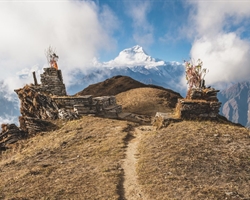
Khopra Ridge Trek
Less popular, less crowded, more beautiful alternative to ABC
- Nepal
- 10 Days
- BRS 4
- 4767 m
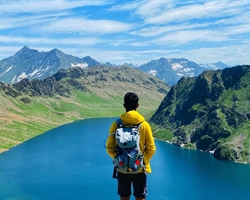
Tarsar Marsar Trek
A Shorter and Easier Alternative to the Kashmir Great Lakes Trek
- Kashmir
- 7 Days
- BRS 4
- 4024 m

Hampta Pass Trek
An Enchanting Cross-Over from Manali to Spiti
- Himachal
- 5 Days
- BRS 4
- 4200 m
 Max Participants :
15
Max Participants :
15
 Trail Type :
Starting and ending at the same point
Trail Type :
Starting and ending at the same point
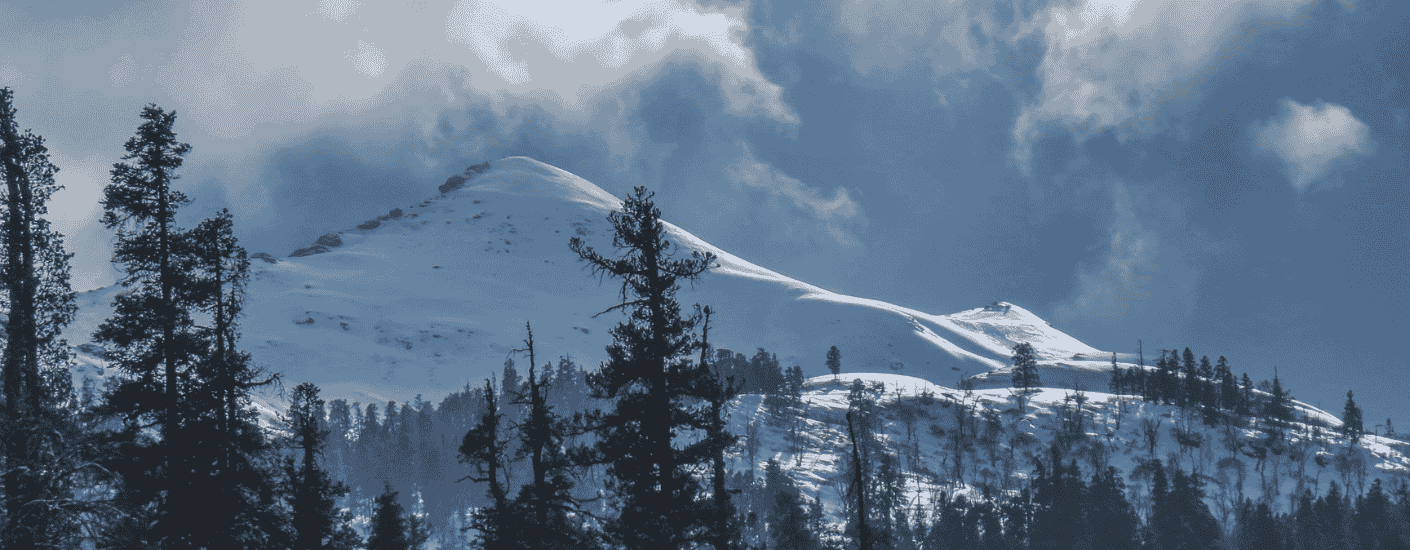

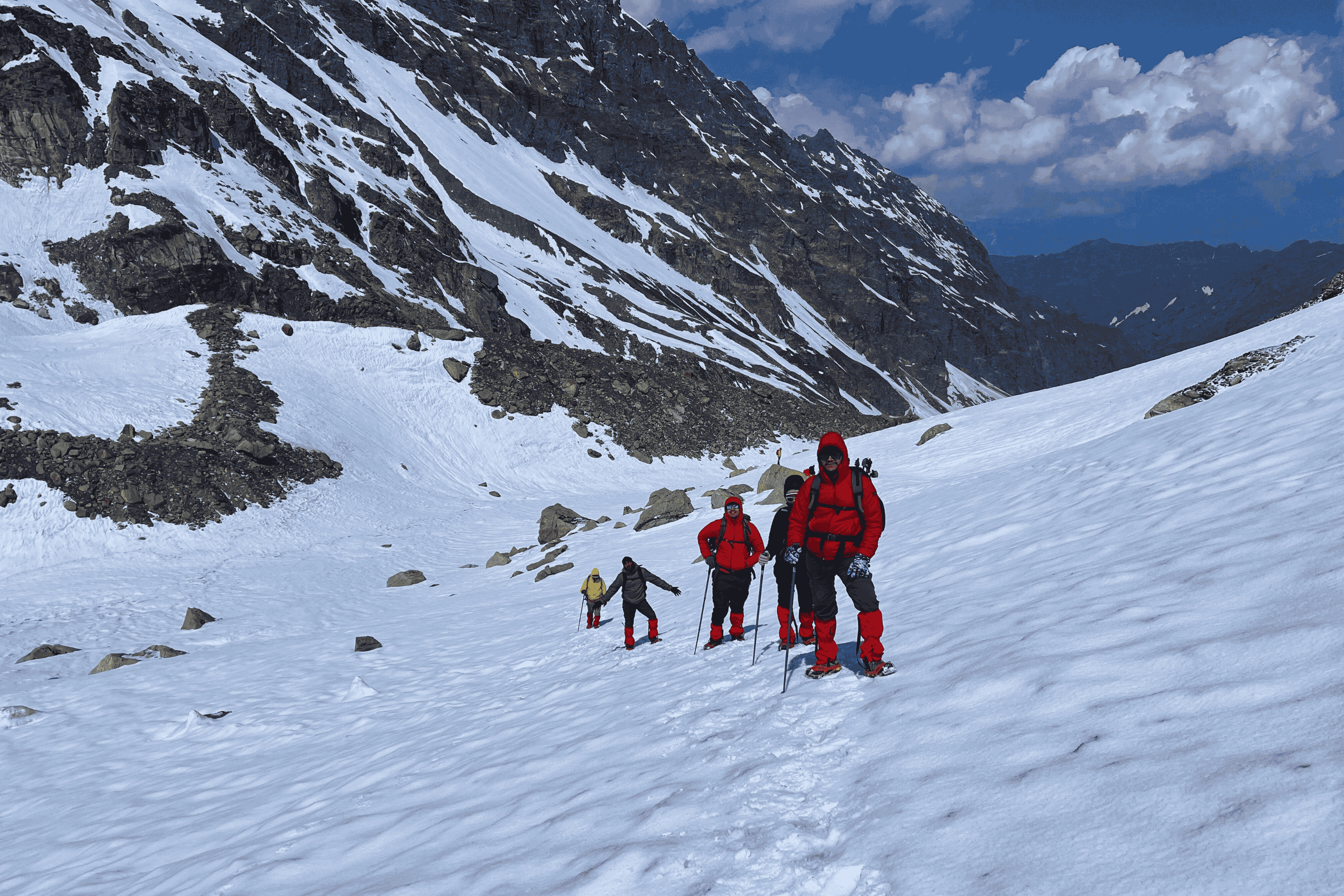
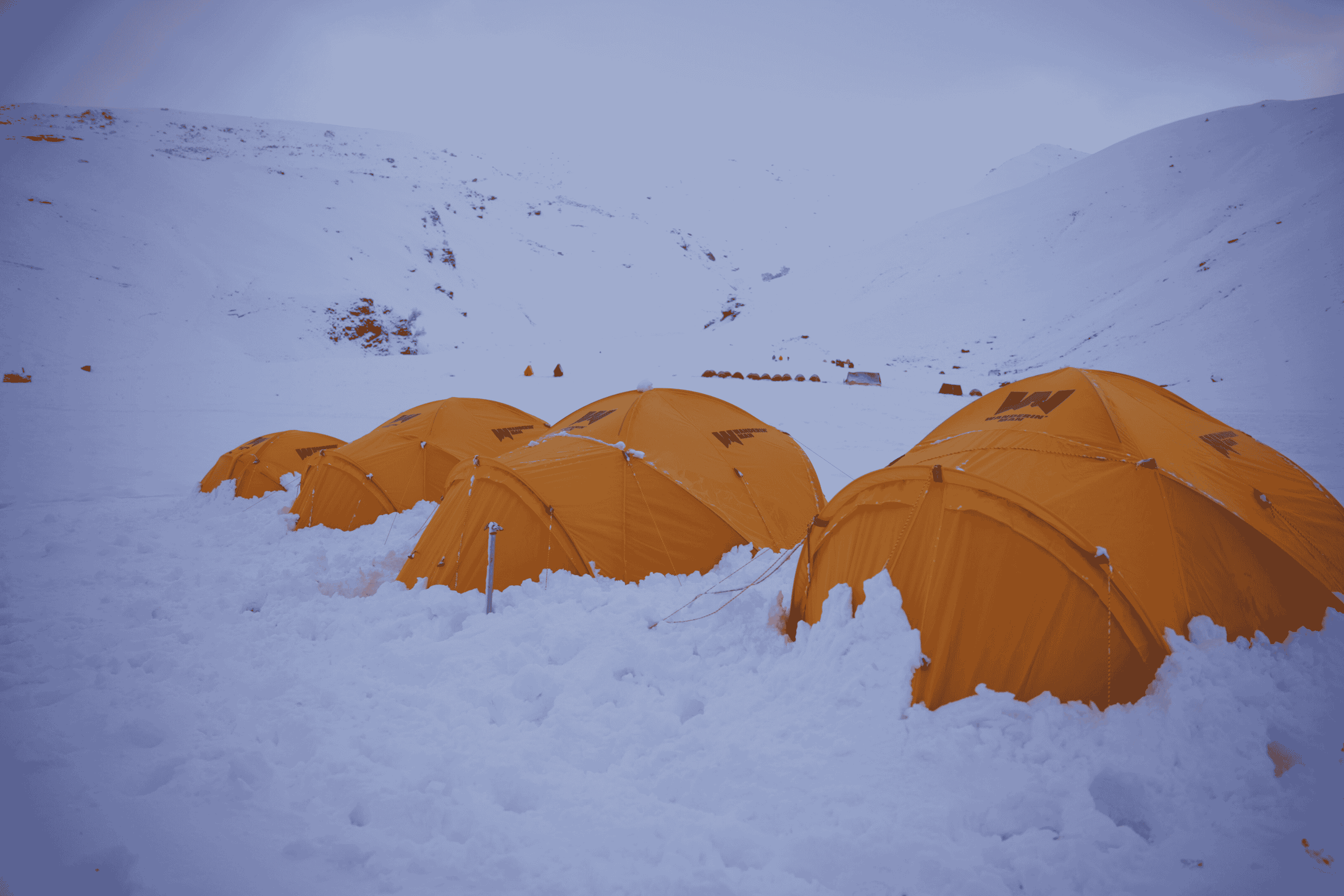
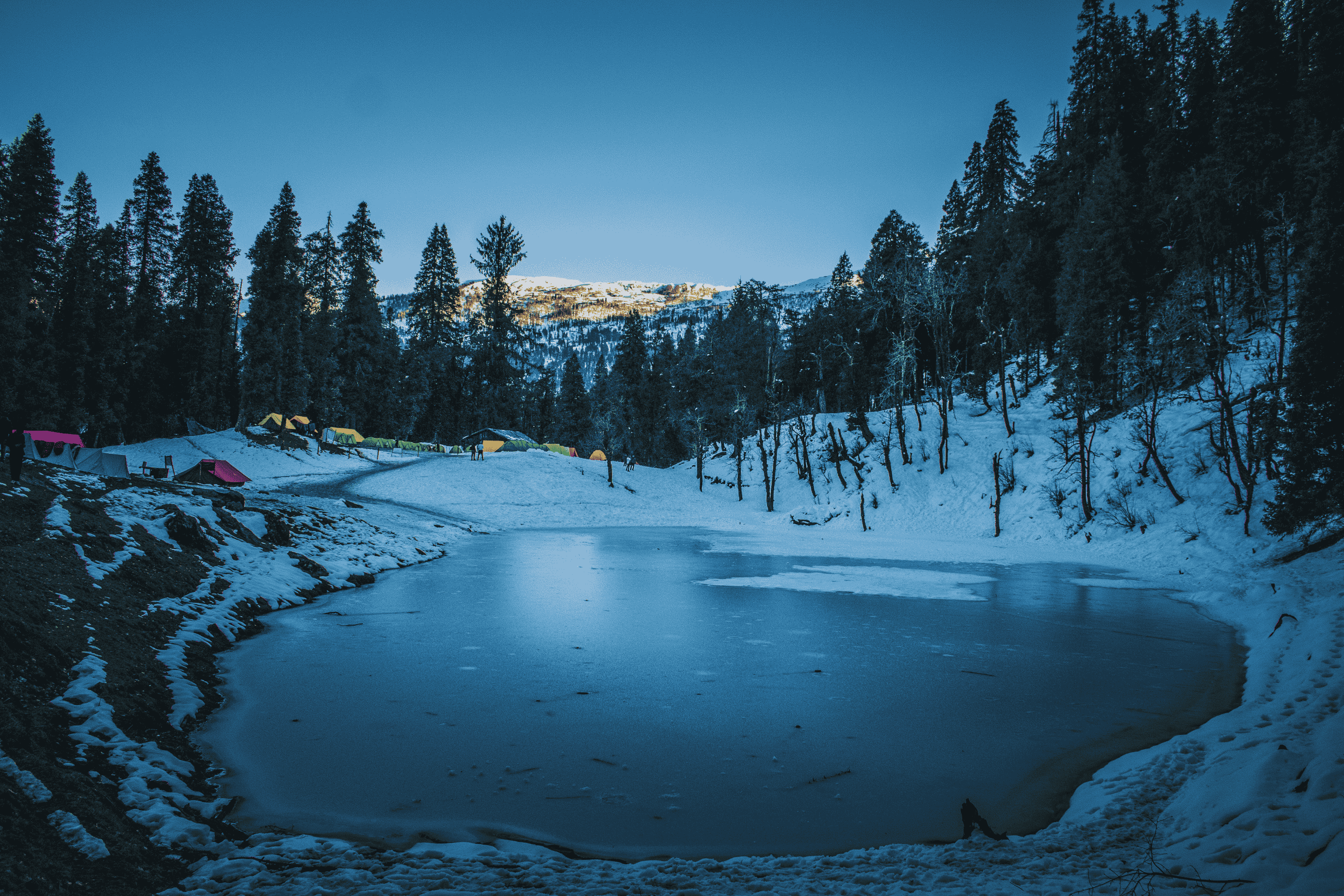
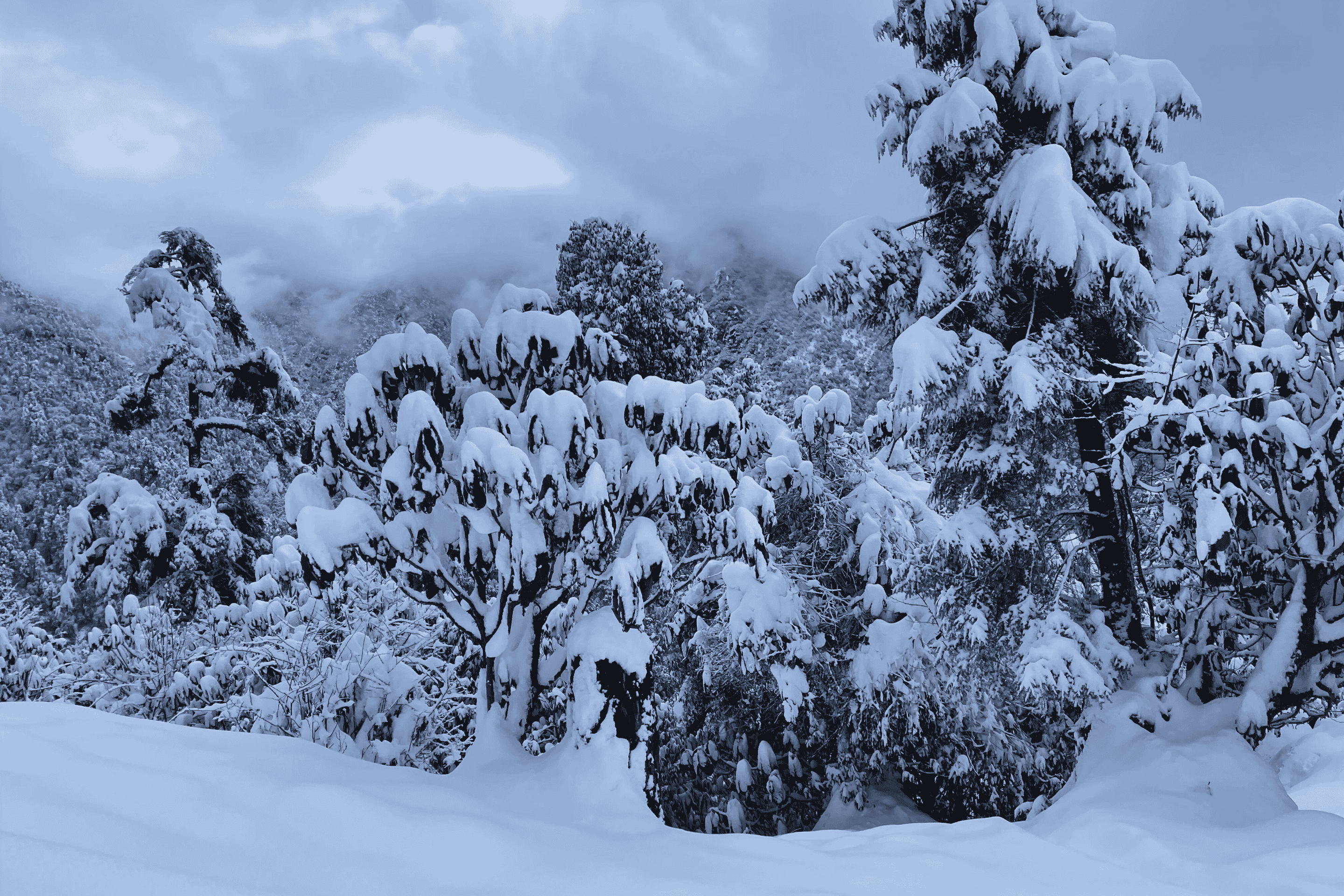


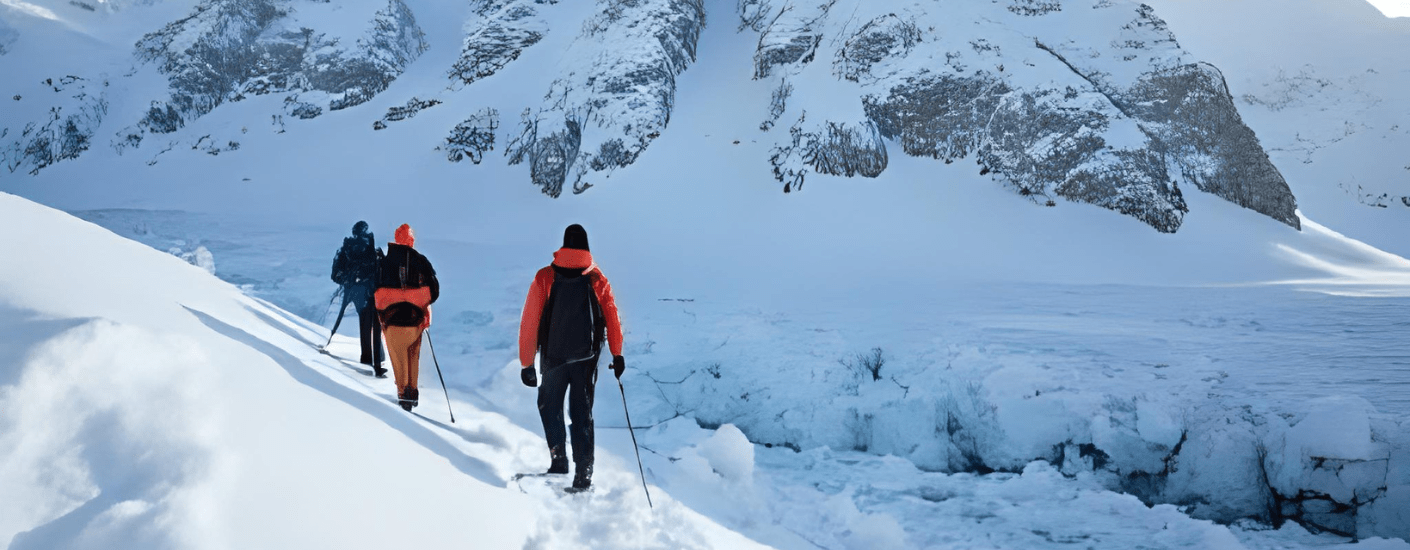
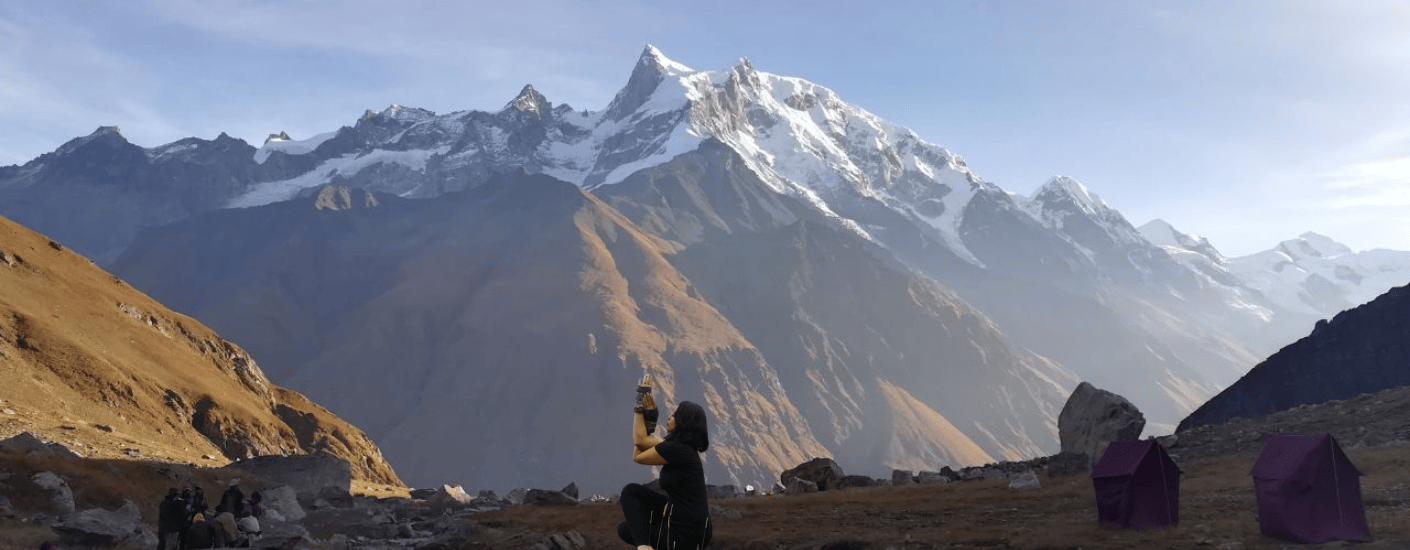

.png)
